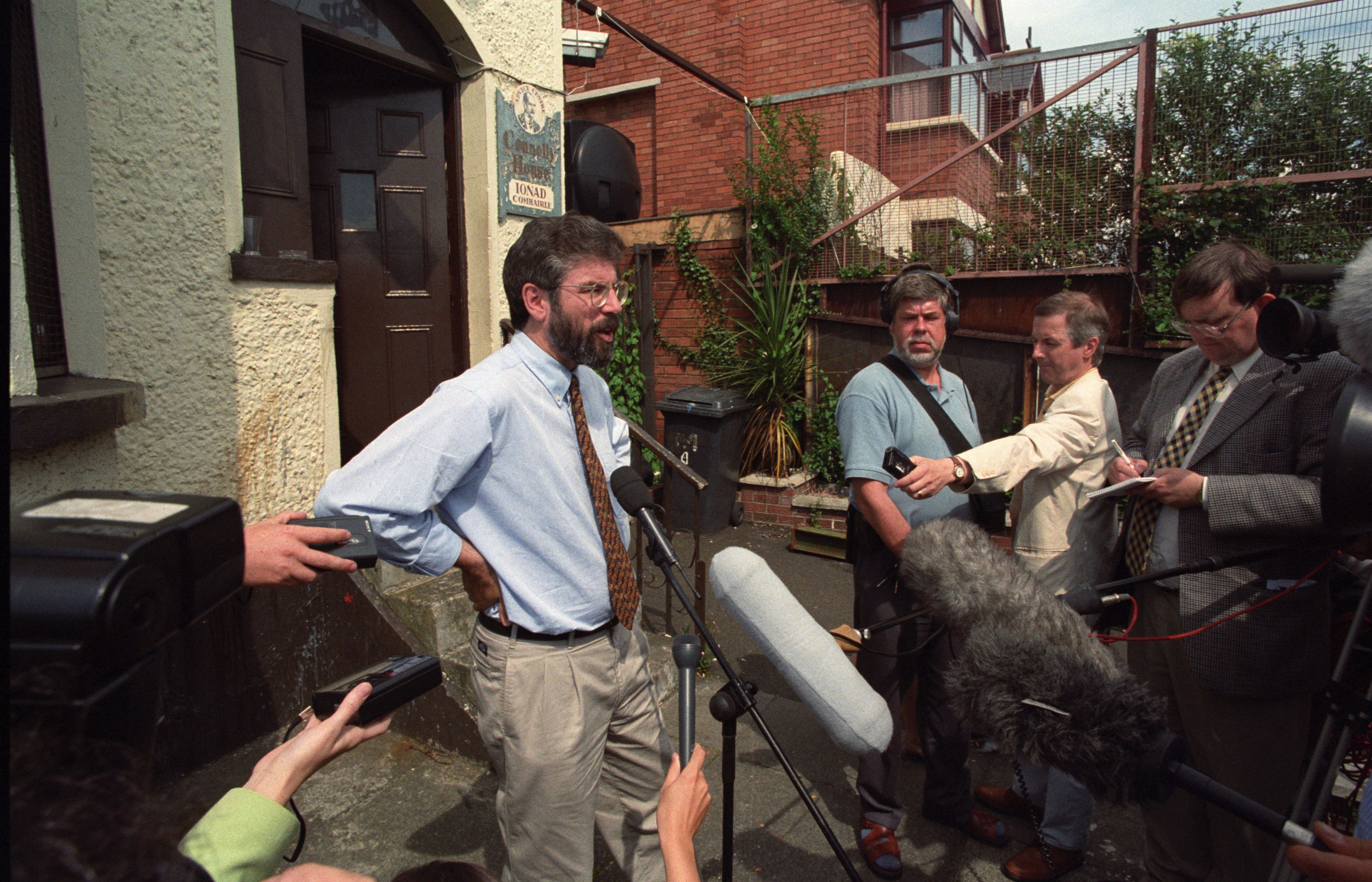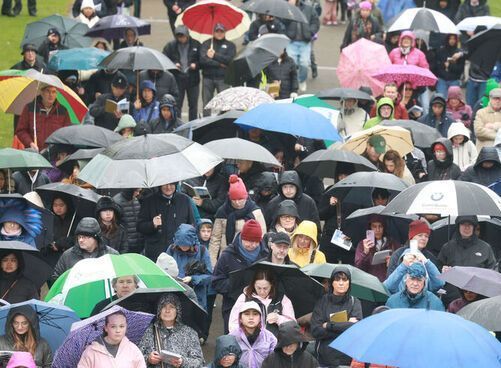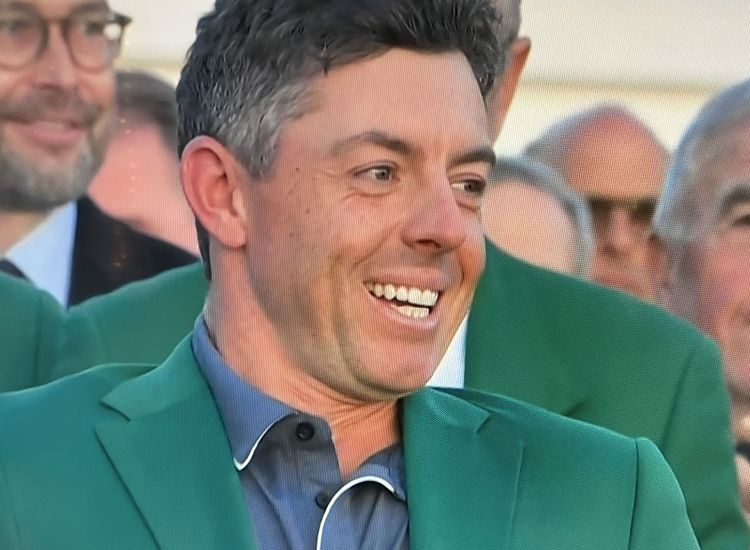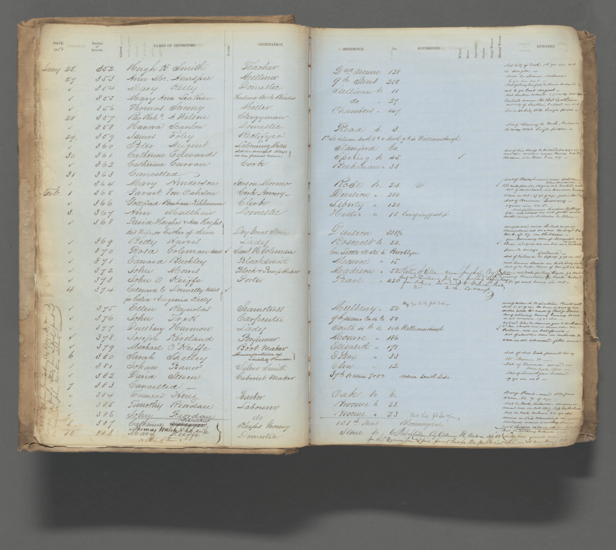THE IRA cessation is 30 years old this Saturday.
That Wednesday morning on August 31, 1994, two journalists – Barney Rowan from the BBC and Eamonn Mallie from Downtown Radio – arrived at the Patio Restaurant in the Kennedy Centre. It’s where 26 West is now. They met a woman republican activist who took from her pocket a small scrap of paper – a ‘comm’ – on which was written the IRA statement announcing a “complete cessation of all military operations”.
While there had been significant speculation over the previous months of the possibility of a ceasefire, the enormity of what was being read to them – very slowly because Mallie doesn’t have shorthand – was not lost on both.
The cessation would begin at midnight. In its statement the IRA leadership said that it believed “that an opportunity to secure a just and lasting settlement has been created”. It noted that the “Downing Street Declaration is not a solution... A solution will only be found as a result of inclusive negotiations”.
The IRA cessation was the opening of a new phase of struggle. It was, as the Irish Nobel Poet Laureate Seamus Heaney was to write within days of its announcement, a space in which hope can grow. That was a mighty challenge, especially given the range of political and military forces opposed to Sinn Féin’s efforts to build a peace process.
However, progress was made. The IRA cessation of August 1994 created the opportunity for a new process of negotiations and dialogue, on the island of Ireland and internationally, and from that initiative four years later the Good Friday Agreement emerged.
Thirty years later, the process continues. It is part of the continuum of positive change that is required to shape out truly democratic dispensations. The peace endures and the political processes are slowly strengthening.
Now everyone knows that an end to the union and an all-Ireland settlement is possible. Such a settlement must be inclusive and fair. The future belongs to everyone. The past is passed. So thankfully is the war. Against all the odds the peace strategy delivered.
Park life
I’LL round up my Féile 2024 retrospective with music in the park.
For those of you who have never been there, the space in the Falls Park (above) is on a designated site with utilities – water, electricity – piped in below the surface of what used to be the old camogie pitch, or close to it When Féile is over the site returns to a green field. But when Féile is fully functioning it is a sight to behold: An enormous hive of activity with all necessary supports of health and safety, security, stewards, acres of food suppliers, drink outlets and an enormous stage with big screens and lights. Behind the stage is a village of Portakabins and huts with support and back-up for the performers. The Black Mountain is a benign back drop to this super duper arena.
With big, big concerts swinging from Dance Night to the Wolfe Tones, A Palestine Solidarity gig (which was packed out despite torrential rain) to a country and western extravaganza and an 80s and 90s night, there was plenty of variety for everyone within earshot. And dancing to beat the band.
COMMUNITY HUB: The Falls Park is a sight to behold during Féile
And all of it captured by Féile TV. Well done, Aisling, Máirtín and Máirtín’s amazing boss, Caleb
We had loads of loyal big name Féile acts but here is a range of up and coming performers who caught my attention.
AOA: A young punk rock band from West Belfast. The Falls: Six young local men, líofa and lyrical. New Hollande: Great vocals from this Dublin duo. Roisin El Cherif: A mighty Irish-Palestinian singer. Wise Wolf: A Palestinian Rapper. Abood Aladham: A Jordanian-Palestinian multifaceted artist. The Palestinian Dancers. The Shan Vans: A local Irish rock group who sing í nGaeilge.
Alongside the more established groups, these talented newcomers will look back at Féile 24 as their first big gig. Well done one and all. Feile abú.
Story time
SEAMUS Woods is a gifted writer. ‘Opinions Interviews Life Stories’ is his second book. His first one, Hard Times, Good Times and the Celtic Tiger was published in 2011. I enjoyed it immensely.
James brings his own unique style and insights to his writing. He is a natural story teller. He is also a long time dedicated writer of letters to the papers. Particularly on political affairs of the day. That’s how he started. In London. In 1987.
Those were turbulent days in Anglo-Irish history. The letters page of the Irish News and the Irish World gave James a platform to spell out his views, especially on what was happening at that time in the North and to the Irish in Britain. As he crafted his writing skills, James engaged with other newspapers – with national broadsheets as well as tabloids. His broad democratic republican views underpinned his opinion pieces. The English ruling classes and the Irish establishment’s machinations were all subjected to James’ critique. So too the unionists. As well as global affairs and international issues.

The Donegal News, the Donegal Democrat, the Finn Valley Voice and the Tír Conaill Tribune became regular publishers of James’ gospel, especially when he returned to his homeplace at Gorta Á Choirce. The Skibbereen Eagle was alive and well in the highlands of Donegal, home to roost and to alert us to what was happening.
Local newspapers are an important part of life in Ireland. Especially rural Ireland. The spread and popularity of social media has not changed that, though all print media are under pressure in recent times. But if you want to follow local news, sports events and death notices the local newspaper still provides a significant public service And that’s where James has come into his own. Many a time he has sparked debate which is both educational and entertaining.
Along with his short, pithy commentary on the letters pages, I particularly commend his longer articles where James gives a platform to local historical events, older people and customs. This is important work. To capture and chronicle and paint a picture of times gone past or to record the thoughts of important witnesses in these changing times is a great contribution to our understanding of who and what we are and of the really important things of life. James obviously knows this His rearing in the Irish language and his love for ar dteanga duchais give him a special insight and his love for people, for craic, for Ireland and for Donegal shines out in these pages. And James is funny as well, whenever that is needed.
So well done, mo chara.
Opinions-Interviews-Life Stories is available from seamusmacchoille@hotmail.com









